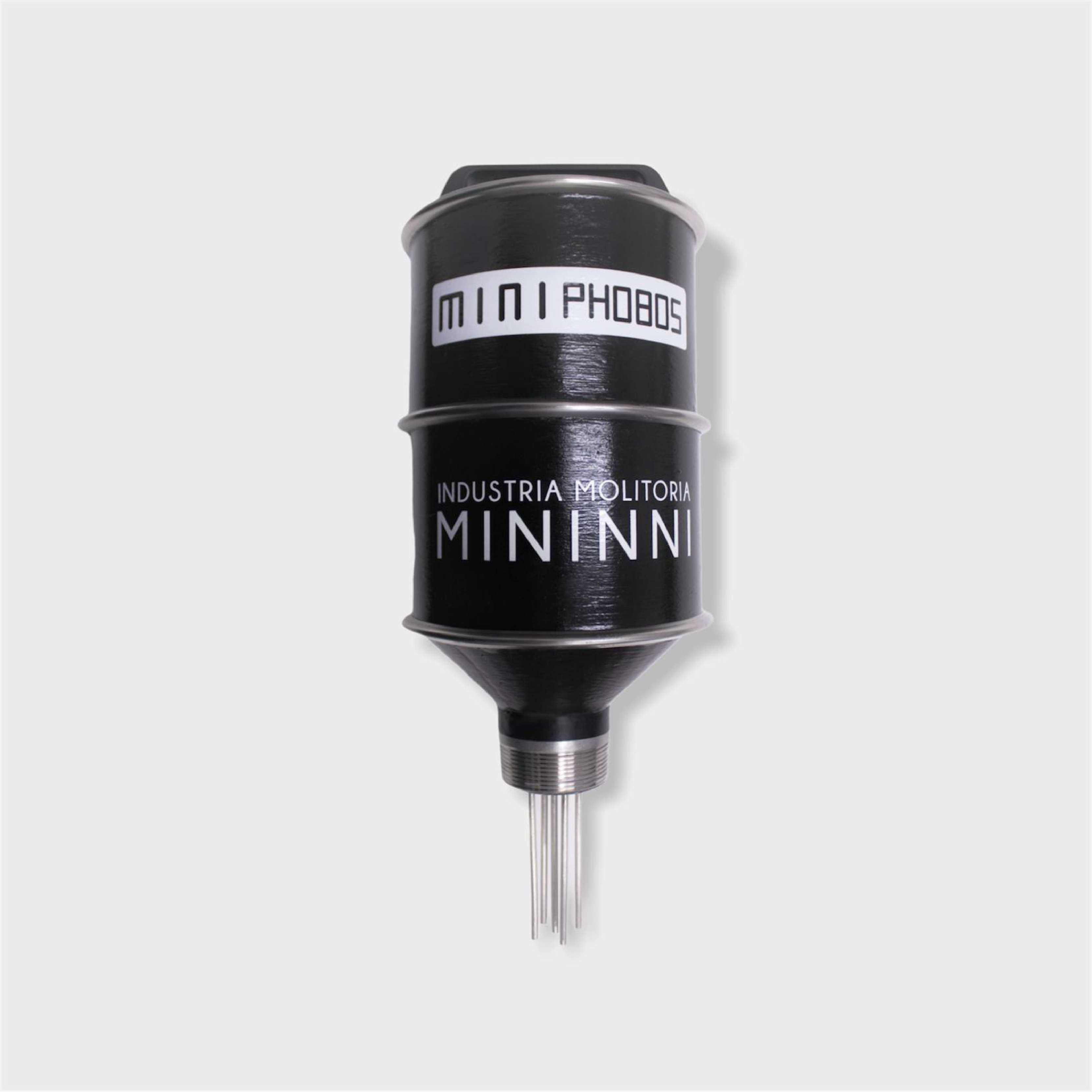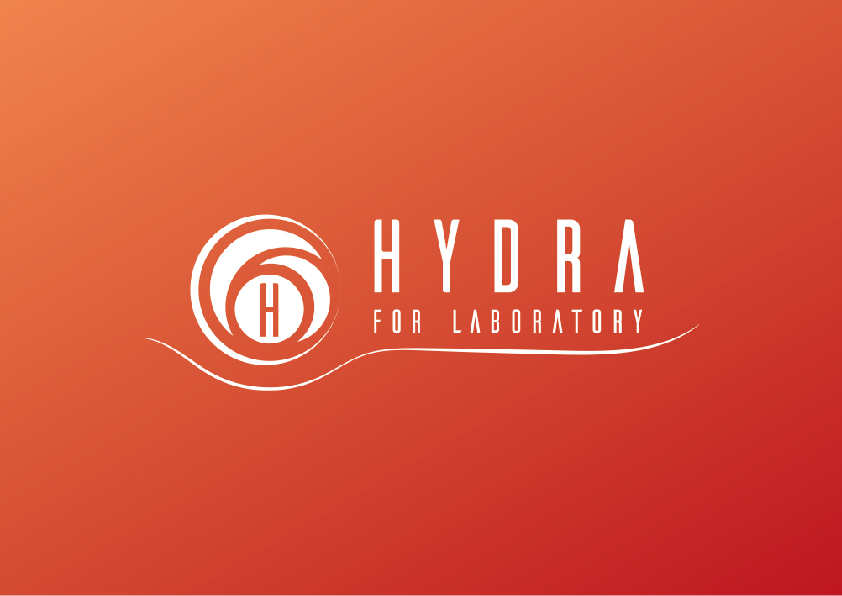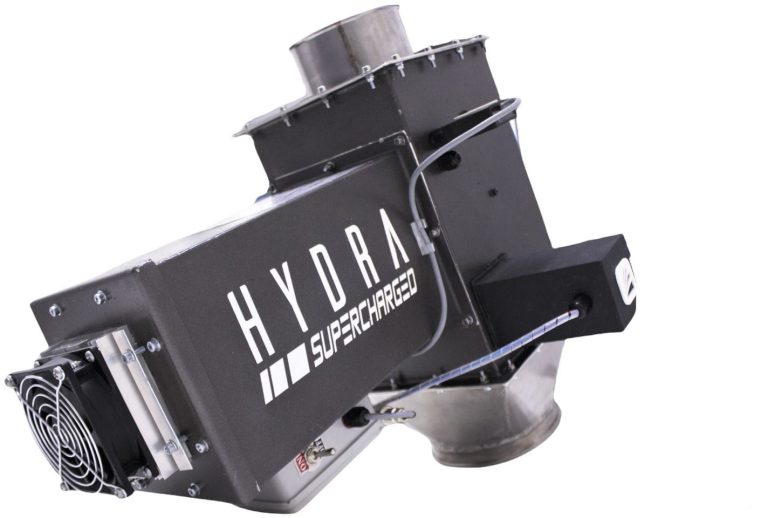
PLA and hotend clogging
Here are some tips on how to avoid it
X1-Carbon and PLA
Like all technical products, weaknesses are necessarily created. We can say that the real “Achilles heel” of the Bambu Lab X1-Carbon is certainly the PLA print.
The heat resistance of PLA is the lowest among 3D printing materials. The glass transition temperature of PLA, the temperature beyond which the material passes from solid to a soft, normally fluctuates between 55 °C and 65 °C.
When you use a Bambu Lab X1-Carbon to print with PLA, you will have significant benefits in having a high airflow in the envelope, because you will have cooler temperatures (if the envelope remains closed it creates a small greenhouse) and, above all, you can avoid clogging (obstruction) of the hotend.
Hotend clogging
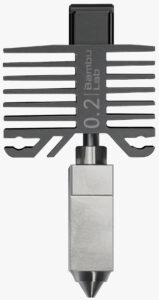
The solution
The solution to avoid clogging the hotend is very simple: print by removing the top cover. This will allow the hot air to escape from the printer easily.
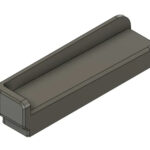
On Printables”>Printables the user thrutheframe has made available his project related to spacers for the Bambu Lab X1-Carbon that allow to have the upper glass cover open from the front, to allow excellent ventilation.
The cover will be raised frontally by 8mm and this “slide” could be annoying for those who prefer to place the AMS on top of the printer.

Also on Printables, the user Krazyderek has created a mod intended for the most demanding users, which allows the upper cover to be raised completely, on all sides, while still allowing the use of the AMS resting on top of the machine.
Would you like to know more?
If what we do at Caronte Consulting intrigues you and you want to know more, you can contact us in different ways: choose the one you like best. We will be happy to give you all the clarifications you need!
Discover some of our products
Caronte Consulting designs and manufactures hardware and software systems for Industry 4.0, equipped with sophisticated and effective Artificial Intelligence.
Our devices are tailor-made to the customer’s needs and allow for the complete automation of industrial processes, optimizing production and creating savings in raw materials and energy consumption.
Image credits: Bambu Lab, thrutheframe, Krazyderek.
Lorem ipsum dolor sit amet, consectetur adipiscing elit. Ut elit tellus, luctus nec ullamcorper mattis, pulvinar dapibus leo.
PLA e il clogging dell'hotend
Ecco qualche suggerimento su come evitarlo
X1-Carbon e PLA
Come tutti i prodotti “sbilanciati” in una direzione, necessariamente si creano dei punti di debolezza. Visto che abbiamo parlato di “Prusa killer“, possiamo dire che il vero “tallone da killer” della Bambu Lab X1-Carbon è certamente la stampa del PLA.
La resistenza al calore del PLA è la più bassa tra i materiali per la stampa 3D. La temperatura di transizione vetrosa del PLA, ossia la temperatura oltre la quale il materiale passa dallo solido ad uno più morbido, oscilla normalmente tra i 55 °C e i 65 °C.
Quando si usa una Bambu Lab X1-Carbon per stampare con il PLA, si avranno notevoli benefici nell’avere un elevato flusso d’aria nell’involucro, perché si avranno temperature più fresche (se l’involucro rimane chiuso si crea una piccola serra) e, soprattutto, si potrà evitare il clogging (ostruzione) dell’hotend.
Clogging dell'hotend
L’hotend in acciaio temprato prodotto da Bambu Lab è progettato per stampare filamenti caricati al carbonio: le temperature in gioco per queste stampe sono piuttosto elevate e si desidera non avere bruschi cali termici. Per questo la stampante è chiusa (la versione P1P, invece, viene venduta completamente aperta).
Quando si stampa il PLA tutte queste accortezze possono essere letali perché se è tutto chiuso, non riuscendosi a raffreddare adeguatamente, l’hotend ha un gradiente termico elevato e in fase di retraction del filamento questo può bloccarsi nella parte alta dell’hotend, dove c’è un radiatore appositamente inserito per minimizzare il problema.

La soluzione
La soluzione per evitare l’intasamento dell’hotend è semplicissima: stampare rimuovendo il coperchio superiore. Questo consentirà all’aria calda di fuoriuscire facilmente dalla stampante.

Sul sito Printables, l’utente thrutheframe ha messo a disposizione un suo progetto relativo a degli spaziatori per la Bambu Lab X1-Carbon che consentono di avere la copertura superiore in vetro aperta frontalmente, per consentire un’eccellente ventilazione.
La copertura sarà sollevata frontalmente di 8mm e questo “scivolo” potrebbe risultare fastidioso per chi preferisce appoggiare l’AMS sopra la stampante.

Sempre sul sito Printables, l’utente Krazyderek ha realizzato una mod destinata agli utenti più esigenti, che consente di sollevare completamente il coperchio superiore, su tutti i lati, consentendo comunque l’uso dell’AMS appoggiato sopra la macchina.
Vuoi saperne di più?
Se ti incuriosisce quello che facciamo a Caronte Consulting e vuoi saperne di più, puoi contattarci in diversi modi: scegli quello che più di piace. Saremo lieti di darti tutti i chiarimenti di cui hai bisogno!
Scopri alcuni dei nostri prodotti
Caronte Consulting progetta e realizza sistemi hardware e software nel campo dell’Industria 4.0, dotati di una sofisticata ed efficace Intelligenza Artificiale.
I nostri dispositivi sono realizzati su misura alle esigenze del Cliente e permettono di automatizzare completamente i processi industriali, ottimizzando la produzione e creando un risparmio di materie prime e di consumi energetici.
Crediti per le immagini: Bambu Lab, thrutheframe, Krazyderek.
Lorem ipsum dolor sit amet, consectetur adipiscing elit. Ut elit tellus, luctus nec ullamcorper mattis, pulvinar dapibus leo.

